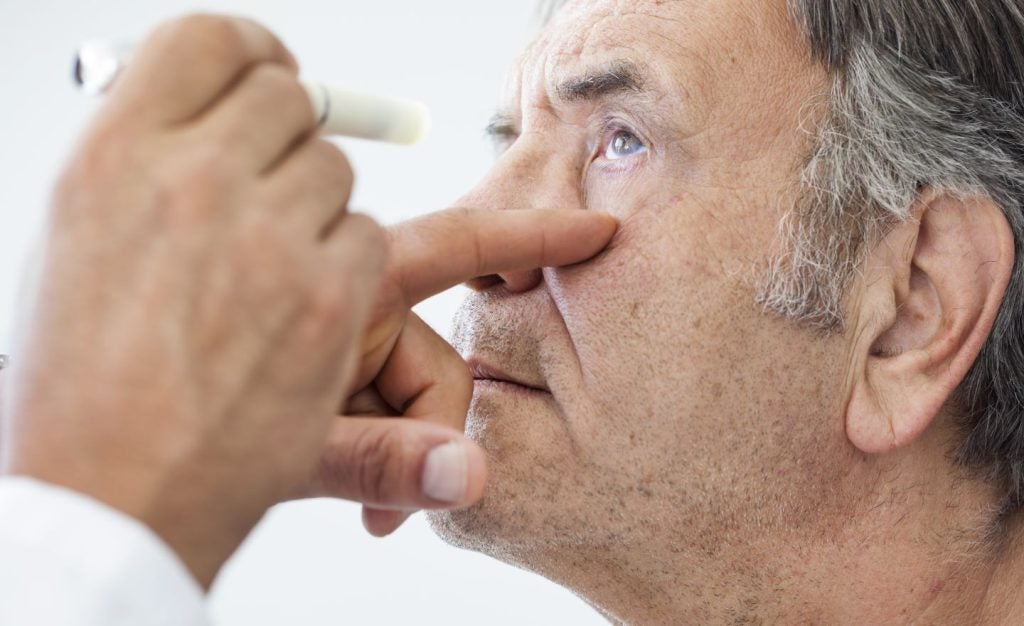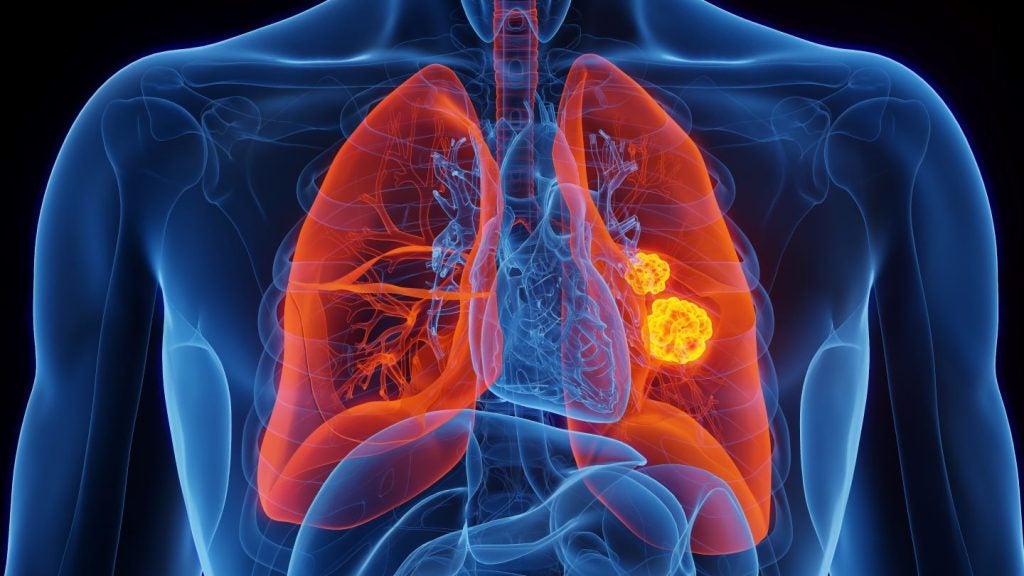Novartis has been granted a patent for an apparatus that includes a first member and a second member. The first member receives a portion of a syringe barrel and has a stop surface to arrest the movement of a plunger. The second member, coupled with the first member, also has a stop surface to arrest the plunger’s movement. The second member can move relative to the first member and remains coupled in both positions. The second stop surface engages the plunger in the first position but does not prevent it from reaching the first stop surface in the second position. GlobalData’s report on Novartis gives a 360-degree view of the company including its patenting strategy. Buy the report here.
According to GlobalData’s company profile on Novartis, Cancer treatment biomarkers was a key innovation area identified from patents. Novartis's grant share as of September 2023 was 51%. Grant share is based on the ratio of number of grants to total number of patents.
An apparatus for arresting longitudinal movement of a plunger
A recently granted patent (Publication Number: US11771834B2) describes an apparatus for use with a syringe. The apparatus includes a first member and a second member that are coupled together. The first member is designed to receive a portion of a syringe barrel and includes a first stop surface that engages a plunger to prevent longitudinal movement of the plunger. The second member also includes a stop surface that engages the plunger, but it is spaced apart from the first stop surface.
The second member is capable of moving relative to the first member from a first position to a second position while remaining coupled with the first member. When in the first position, the second stop surface prevents the plunger from reaching the first stop surface. However, when in the second position, the plunger is able to reach the first stop surface. The second member also includes a catch that captures the plunger between the catch and the second stop surface when in the first position.
The first member of the apparatus includes an elongate body portion and a hilt portion that extends transversely relative to the body portion. The elongate body portion defines a recess that receives the syringe barrel and provides a snap fit with it. The hilt portion includes a slot that receives a finger flange of the syringe barrel. Additionally, the hilt portion includes a plunger stop portion with the first stop surface.
The apparatus is designed to arrest longitudinal movement of the plunger relative to the syringe barrel. The second member is pivotably coupled with the first member and can pivot from the first position to the second position. The first member orients the syringe barrel along a longitudinal axis, while the second member pivots about a pivot axis parallel to the longitudinal axis.
Overall, this patent describes an apparatus that effectively prevents longitudinal movement of a plunger in a syringe barrel. The design allows for controlled movement of the plunger and ensures that it does not reach certain positions when not desired. The apparatus can be used in conjunction with a syringe and a delivery instrument for medical procedures, such as injecting medication into a patient's eye.
To know more about GlobalData’s detailed insights on Novartis, buy the report here.
Premium Insights
From

The gold standard of business intelligence.
Blending expert knowledge with cutting-edge technology, GlobalData’s unrivalled proprietary data will enable you to decode what’s happening in your market. You can make better informed decisions and gain a future-proof advantage over your competitors.





